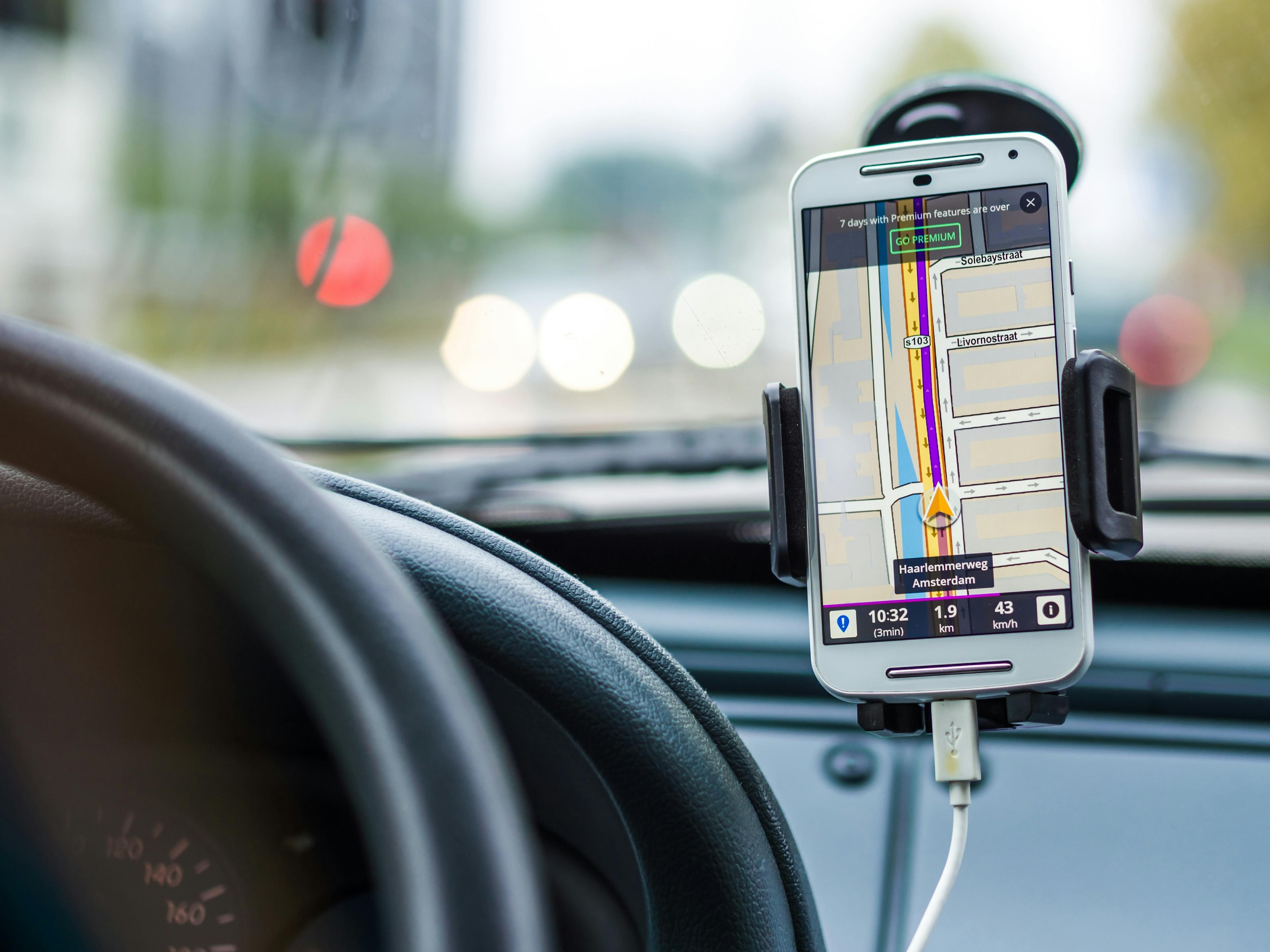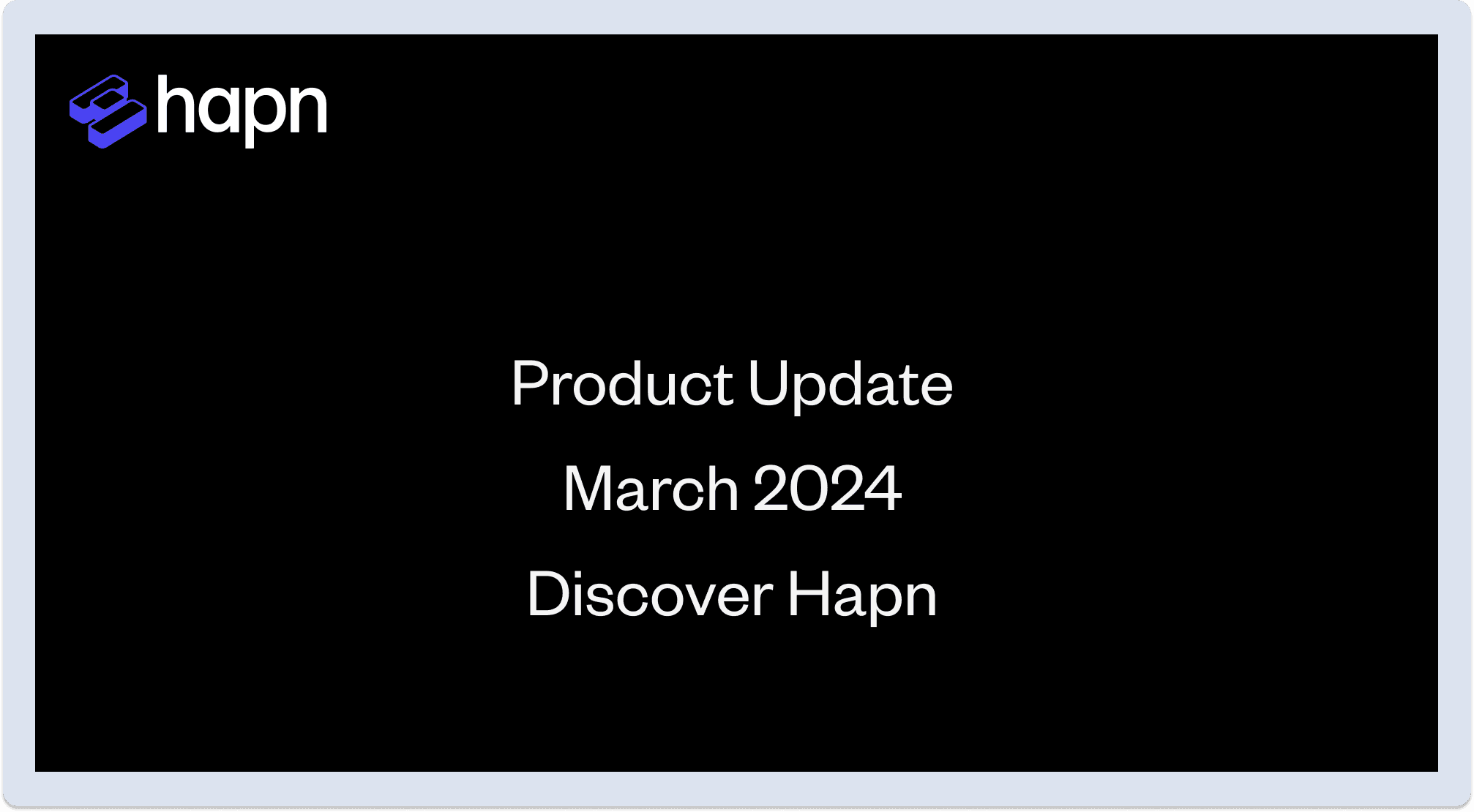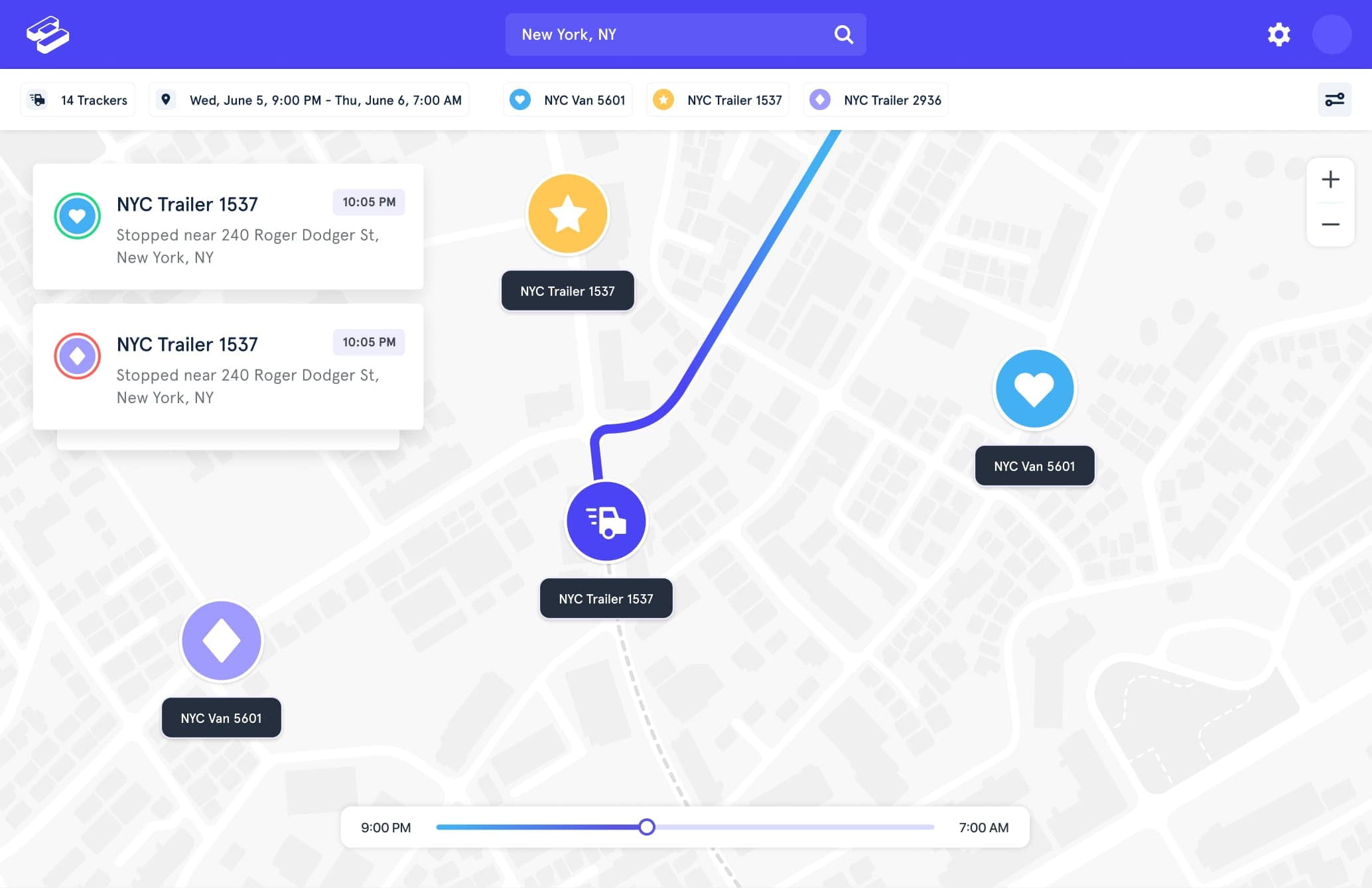For those new to GPS technology or who may not have explored their tracking systems, geofencing alerts are part of geofencing. Geofencing is a feature found in modern GPS systems and provides useful information about where a tracker device is and when it got there.
Think of geofencing alerts as one feature of geofencing. Let’s dive in as we explain the differences between these two terms (geofencing alerts and geofencing) and illustrate how geofencing alerts can be a useful tool for businesses and others that rely on GPS.
What Are Geofence Alerts?
In simple terms, a geofence alert is a notification sent when a GPS tracker enters or leaves a predefined area, sometimes called a boundary. The device may be attached to a vehicle or piece of equipment or even located on a person.
Alerts are sent by email, text message, or a mobile app push notification and keep interested parties updated on the tracker's whereabouts and activity in real time. Geofence alerts can be customized to provide the right amount of information at the right time
How Does Geofencing Work?
With the geofencing alerts explanation covered, let’s take a broader look at geofencing. It’s a location-based technology that relies on satellite communications, cellular data, and Wi-Fi signals to establish a virtual boundary around a pre-set geographical area.
How Is Geofencing Used?
These virtual boundaries are typically set around buildings, specific properties, or along roads because this is where tracked vehicles are most likely to travel. However, geofencing boundaries can be established around waterways, open fields, and just about any place that has cellular service and is within the path of the tracking satellites.
Depending on the software, the boundary can be a square, circle, or another shape that gets drawn over a digital map embedded in the mobile app or desktop dashboard. The boundary may trace a property’s border, a building outline, or another significant location. Boundary size is flexible, too, enabling users to set up a geofence for a few parking spaces or a regional area.
Once a geofence is created, the user can establish rules that trigger geofencing alerts when the GPS tracker crosses a pre-determined boundary. The ability to individualize each geofence is especially helpful when dealing with multiple vehicles and many locations.
What Is User-Defined Geofencing?
As the name implies, user-defined geofencing allows users to create custom geofences for specific purposes. This feature enables users to set the size, shape, and location of each geofence. User-defined geofencing offers enhanced control and flexibility. This adaptability includes setting up ongoing geofence zones or one-time boundaries for a single occasion.
Geofence alerts can also be customized, so different people can be notified of particular actions. The tracker can be tagged with a unique label (like “Truck #2"), and each geofence location can have its own name (such as “Warehouse #1"). So, a user might receive a notification like “Truck #2 has arrived at Warehouse #1” or “Truck #2 has left Warehouse #1."
What Are the Practical Applications of Geofencing?
Virtually every company or organization that depends on fleet tracking (or is thinking about it) can benefit from geofencing.
Business fleet geofencing uses include:
- Fleet Management: Creating geofences around vital locations, like customer sites and warehouses, enables fleet managers to monitor vehicle movements in real time. Not only does this help keep a watchful eye on drivers, but the technology ensures critical deliveries are on track.
- Asset Tracking: Geofencing confirms that equipment, machinery, and valuable cargo are where they’re supposed to be. This is particularly useful for items that get moved around a lot. At the same time, geofencing can send alerts if something is unexpectedly moved from a secure area.
- Employee Monitoring: A geofence created around a job site can track attendance for employees and contractors and confirm they are where they’re supposed to be during working hours.
- Delivery Tracking: On-time deliveries can make or break a business. Geofencing helps track shipment progress and supports accurate delivery estimates. Most importantly, geofencing can provide advance warning of potential problems.
- Access Control: Fleet managers concerned about employees entering restricted areas can use geofencing to alert them to any issues. This tool can also be valuable for monitoring tall vehicles that enter roadways with height restrictions.
Setting Up Geofencing and Enabling Geofencing Alerts
Creating geofences and accompanying geofence alerts is done through a mobile app or a web-based platform. These tools connect to GPS trackers, which are installed in or placed on a vehicle or attached to equipment or a shipping container.
These steps include:
- Selecting a GPS tracking platform: There are numerous options on the market, but fleet managers and other professionals look for GPS tracking systems that are cost-effective, flexible, and easy to use.
- Get GPS devices in place: Whether you’re using semi-permanent hard-wired trackers or battery-powered units that can be moved between vehicles, determine what vehicles need devices. Assign easy-to-understand names (like Boom Crane #1 or Bill W’s Van) to each vehicle. These labels will then get used in the tracking system.
- Set up geofence zones: With a tracking system selected and GPS devices ready to go, create virtual boundaries around areas that need monitoring. These locations may include customer sites, company properties, highways, and other critical areas. It can be helpful to set up a standardized naming approach for both the devices and geofence zones to make tracking easier to follow.
- Develop rules and alerts: Create a plan to develop what rules and associated alerts are needed for your operation. Determine who needs to be notified and for what reason. Remember that nothing is permanent, so it’s fine to adjust the rules and alerts as users provide feedback.
- Manage and monitor geofences: Keeping an eye on geofences is critical, especially if tracking needs change from day to day. Be sure to delete geofences (and alerts) no longer used and modify alerts as needed.
Using Geofence Alerts with GPS Tracking
Geofence alerts are a vital element of GPS tracking and provide a crucial tool for vehicle, people, and equipment monitoring. GPS tracking enables businesses and organizations to locate these resources in real-time, while geofence alerts provide notifications that everything’s on track or problems need to be addressed.
For instance, a customer service manager would receive a notification if a delivery vehicle deviates from its assigned route. Or, a fleet manager could receive an alert that a truck is headed to a location that might cause a safety or security concern.
Getting Geofencing Alerts on iPhones and Android Devices
Smartphones are everywhere, so it only makes sense that an advanced GPS tracking system takes advantage of this technology. But to put convenient GPS tracking and geofence alerts in users’ hands, they’ll have to download a companion app to their iPhones or Android devices.
Once the app is installed and activated, geofence boundaries can be created directly from the smartphone. The app will also allow alerts to be set up while serving as a conduit for push notifications.
What are no-go zones?
Also called restricted or exclusion zones, no-go zones are geofenced locations where vehicles or people are prohibited from entering (or restrictions may apply to certain people or vehicles).
When a GPS device associated with a certain person or vehicle enters a sensitive area, an alert is sent to the appropriate person. For instance, security personnel may be notified if a delivery van enters an area of the warehouse that’s off-limits to drivers. Similarly, a driver could receive an alert if they’re taking a vehicle into an unsafe area or onto a road that prohibits commercial vehicles.
Geofencing and Fleet Tracking
Geofencing is an integral part of fleet tracking. This vital tool allows companies to observe vehicle movements, ensure driver compliance, and optimize routes. Creating geofence boundaries around distribution centers, warehouses, customer sites, and other significant places gives fleet managers the resources they need to be effective.
Being able to locate a company vehicle at a moment’s notice keeps operations running and customers happy. Equally important, geofencing and accompanying alerts help when things don’t stay on track. Sometimes problems are unavoidable, but an early warning goes a long way in minimizing disruptions.
The Pros and Cons of Geofencing
For most enterprises, geofencing benefits outweigh the drawbacks. However, understanding a complete picture of geofencing’s advantages and disadvantages is essential. Here’s what’s critical to consider.
Pros
Real-Time Monitoring: Geofencing offers real-time updates about the location of tracked vehicles and people, enabling rapid responses to adverse situations and accurate status information.
Improved Efficiency: Keeping an eye on people and assets can increase efficiency, enhance operations, correct problems, and lower costs.
Better Security: When set up properly, geofencing is an early warning sign of theft, misuse, unauthorized access, and other disruptive problems.
Custom Alerts: Geofencing alerts offer a broad range of notification types that can be tailored to specific needs, like the monitoring of no-go zones or behind-schedule deliveries.
Cons
Privacy Concerns: Monitoring can be worrisome for employees, especially for those that aren’t used to being tracked. If not properly explained, GPS tracking and geofencing can be perceived as a sign of mistrust instead of a workplace productivity tool.
Data Security: GPS monitoring produces mounds of valuable data vulnerable to misuse by competitors and unscrupulous people. The information generated through monitoring activities must be stored securely.
Dependency on GPS/Cellular Signals: GPS tracking, geofencing, and geofencing are only as good as the signals that support these systems. Weak connections to GPS signals, cellular data, and Wi-Fi signals can hamper monitoring activities. In addition, the weather and physical obstructions (like buildings and trees) may also affect tracking and notifications.
Cost: Setting up GPS tracking requires an outlay for software and devices. In addition, staff efficiency can be affected by platforms that aren’t easy to use.
Last Words: Geofencing and Geofence Alerts
Geofencing technology and geofence alerts are powerful tools for companies and organizations looking to take their location-based services to the next level. These systems improve efficiency, streamline operations, and enhance security. GPS tracking, accompanied by geofencing and geofencing alerts, provides real-time insights into the movement people of and assets while allowing users to get a jump on problems.
Critically, these technologies help firms stay ahead of the competition and deliver better customer service, factors that are essential for survival in today’s challenging business environment.
Most importantly of all, modern GPS tracking systems don’t require extensive technical knowledge. They’re designed for anyone who can handle a computer or smartphone.
FAQs: Geofencing and Geofencing Alerts
How much does it cost to use geofencing and geofencing alerts?
Geofencing and geofencing alerts should be integrated into GPS tracking platforms. These essential tools shouldn’t cost extra. Here’s pricing information that reflects an all-in-one system. Beware of providers that tack on surcharges for basic features.
How accurate is geofencing?
Geofencing accuracy depends on clear signals from GPS satellites, cellular towers, and Wi-Fi connections. Assuming there are no buildings or other obstructions in the way, GPS accuracy is as precise as six feet when using a high-quality GPS receiver. Phone-based tracking is typically accurate to within 16 feet.
Are there any limitations with geofencing alerts?
Geofencing alerts depend on GPS accuracy. Shaking satellite or cellular signals can produce inaccurate notifications. And false alerts can occur if a GPS device accidentally leaves a geofence zone or approaches the outskirts of a user-defined boundary. Adjusting the geofence border can reduce incorrect notifications. And these tweaks may happen more than once.
What industries can benefit from geofencing?
Any firm or organization that tracks vehicles, people, or things can benefit from geofencing technology. Geofencing is especially beneficial for operations that handle logistics, make deliveries, provide services at customer locations, are responsible for security, or manage vehicle fleets.
Is there a steep learning curve for setting up geofences and geofence alerts?
No. A properly engineered GPS tracking system makes user interaction intuitive, especially for tasks like creating geofence boundaries and geofence alerts. Investigate any tracking system under consideration for ease of use. Don't hesitate to get input from everyone who will use the software and mobile app.



